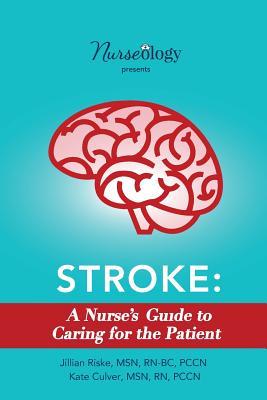Nursing assessment is a crucial piece of the overall puzzle that will determine how the patient is cared for and, ultimately, the outcome of the patient. From the moment a patient arrives to the hospital with stroke-like symptoms, all members of the stroke care team begin working on the patient's history, obtaining tests, drawing labs, developing a plan, implementing safety measures, carrying out time-sensitive orders, and educating the patient and the patient's family.
This book is a guide for anyone new to caring for stroke patients in the hospital setting. We have used our own nursing and teaching experience to help explain how to assess, anticipate, and prevent complications, and what to expect while caring for anyone who has been admitted to the hospital for a stroke or stroke-like symptoms. Our hope is that you feel more confident while caring for and educating this patient population. Table of Contents Chapter 1: Anatomy and Physiology
Parts of the Brain
Blood Supply
Risk Factors
Transient Ischemic Attack (TIA)
Ischemic Stroke
Hemorrhagic Stroke
Chapter 2: Assessment
Common Stroke Symptoms
Components of a Neurological Assessment
NIH Stroke Scale
Chapter 3: Orders
Emergency Department Orders
General Stroke Orders
Ischemic Stroke Orders
Hemorrhagic Stroke Orders
Chapter 4: Complications
Cerebral Edema and Herniation
Hemorrhagic Conversion
Seizures
Chapter 5: Nursing Care and Considerations
Time Is Brain
Impaired Communication
Swallow Precautions
Bowel and Bladder Issues
Mobility
Fall Prevention
Pain Management
Emotional Support
Discharge Planning
Chapter 6: Critical Care and Interventions
Ventriculostomy (Ventric) and External Ventricular Drains (EVD)
Intracranial Pressure Monitoring
Tissue Plasminogen Activator (tPA)
Intraarterial tPA
Craniotomy (Crani)
Aneurysm Clipping
Craniectomy
Neurovascular Interventions
Chapter 7: Case Studies
Case Study 1, 2, 3, 4
